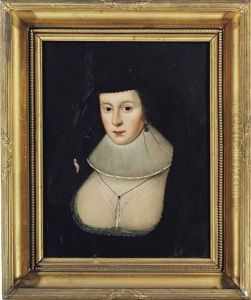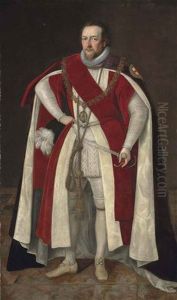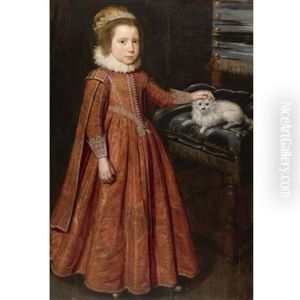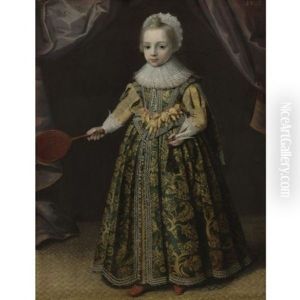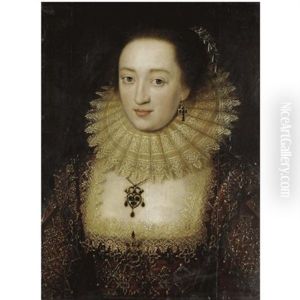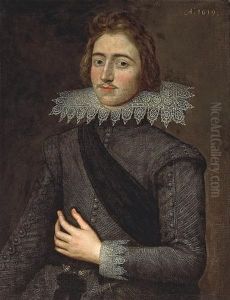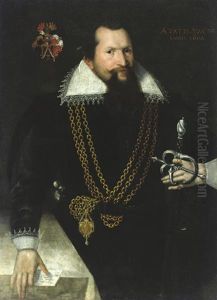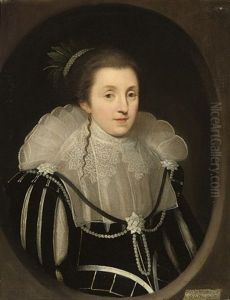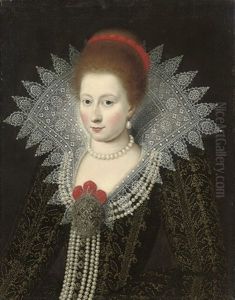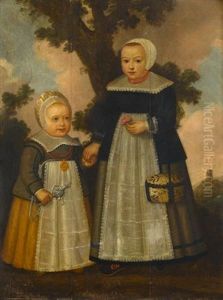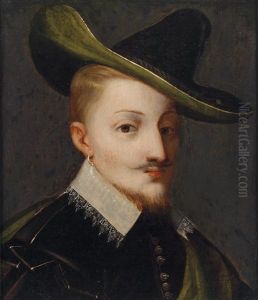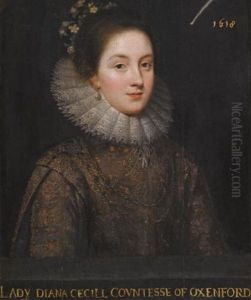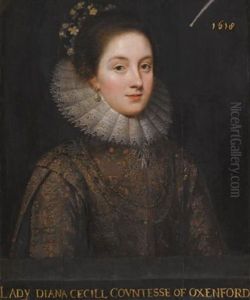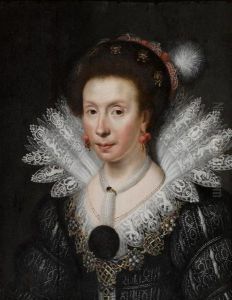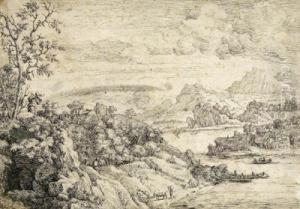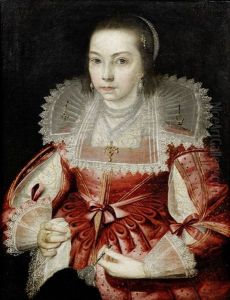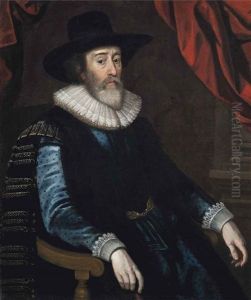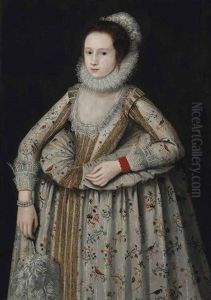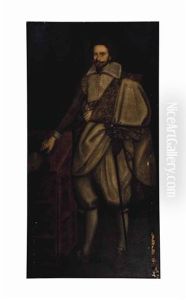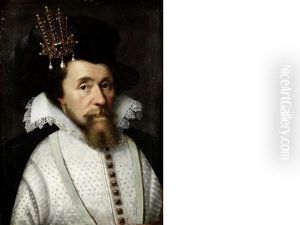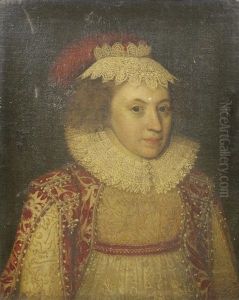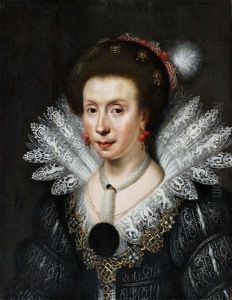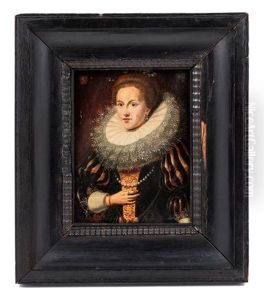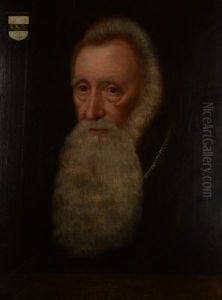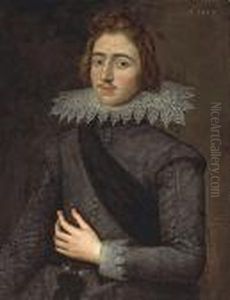Paul Ii Van Somer Paintings
Paul II van Somer, also known as Paulus van Somer, was a Flemish portrait painter active during the late 16th and early 17th centuries. Born around 1576 in Antwerp, which was then part of the Spanish Netherlands, he was part of a family of artists; his father, Paul van Somer I, was also a painter. His early life and training are not thoroughly documented, but it is believed that he likely received his artistic education in the rich cultural environment of Antwerp, which was a major center for the arts in Europe at the time.
Van Somer's reputation as a portraitist grew, and he eventually moved to London, England, around 1606. There, he became a court painter to James I of England and Anne of Denmark. His work at the English court marks the most significant period of his career. He was known for his sophisticated and detailed portraiture, which often included elaborate clothing and intricate lacework—a testament to his Flemish training and the influence of the Northern Renaissance.
During his time in England, Van Somer painted numerous portraits of the royal family and the aristocracy, contributing to the visual documentation of the Jacobean court. His portraits were praised for their elegance and the realistic depiction of textures and materials, characteristics that were highly sought after by his patrons. Van Somer's ability to capture the likeness and personality of his subjects made him a favored artist among the nobility, and his portraits were instrumental in establishing the visual iconography of the era.
Paul van Somer died in 1621 in London, leaving behind a legacy as one of the most important portrait painters in Jacobean England. His works can be found in various art collections and museums, where they continue to be studied and admired for their craftsmanship and historical significance.
